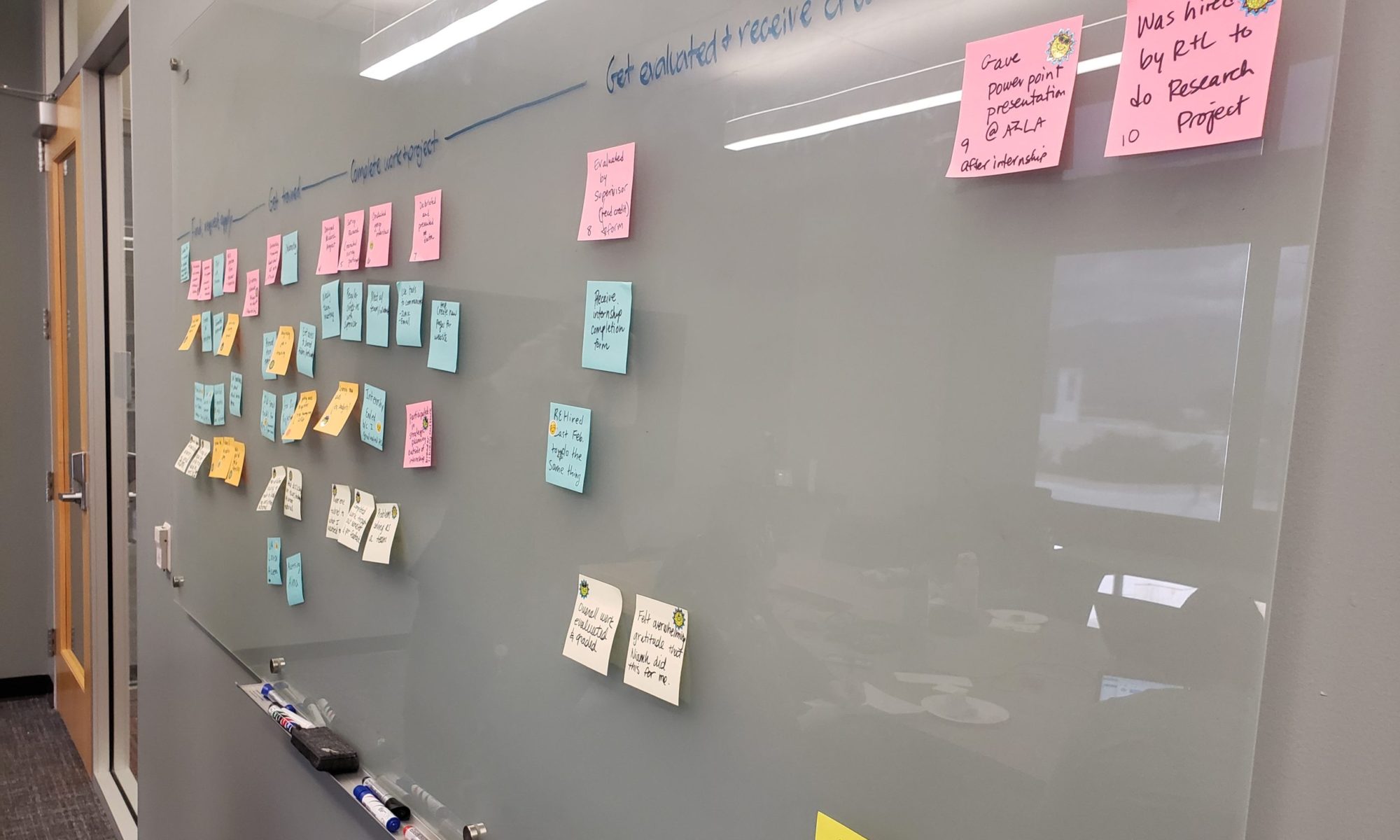
Forms are prevalent across the web, yet so many are poorly designed. They can quickly become a source of frustration.
Last year, Ann Shivers-McNair and I bonded over our passion for form content and design. So we developed a presentation on making better forms for people, presented at edUi last October.
Forms have been on my mind a lot recently, and I thought it would be useful to unpack the presentation into some of the key principles and considerations for easy reference. And I’ve added and slightly revised a couple based on other things I’m learning. So here goes.
3 key principles
Simplicity. Avoid the complicated and unnecessary.
- Avoid instructions on how to fill out the form
- Make sure every field serves a purpose
- Get rid of any unnecessary fields (e.g. phone number, fax number, birthdate)
- Never require a field if you don’t really need it
Inclusivity. Create forms for everyone.
- Avoid jargon
- Avoid legalese
- Write like you talk
- Be inclusive in your options
Readability. Use logical sequencing and follow conventions.
- Be succinct
- Place field labels above the field
- Left justify, rag right
- Allow for lots of white space
- Use sentence case
Small but mighty considerations
Form names. Make it clear what you’re doing.
- Start with a precise action verb (e.g. “Apply,” “Request”)
- Use an action verb in the link to the form, too (e.g. “RSVP for event”)
- Avoid too many nouns in a row
Optional vs. required fields. Make them intuitive to recognize. (Be aware these conventions are a moving target and may depend upon audience).
- Most fields should be required
- Indicate which fields are optional by saying optional
- Be consistent in how you indicate required vs. optional fields
- Asterisks are a common convention to mean “required”
Name fields. Make them inclusive.
- Don’t limit character length (or if you must limit, make that limit 70 characters for full name or 50 characters for first name or last name)
- Don’t force first-letter capitalization (e.g. charley)
- Don’t prevent capitalization of a second name or within a name (e.g. Bonnie Jean; McClelland)
- Allow hyphens in names (e.g. Sykes-Casavant)
- Use one “Full name” field over separate “First name” and “Last name” field, unless it’s really necessary
Gender fields. Make them inclusive.
- Avoid binary gender selectors
- Allow write-in responses
- Make it optional (when possible)
Selectors. Give clear options.
- Pick a thoughtful default that’s either the most common answer or the first in a logical sequence
- Put the most common options at the top, and for longer lists, use alphabetical sequencing
- Use the right selector for the information you are soliciting (e.g. dropdowns, radio buttons, check boxes)
Question scope. Ask one question at a time.
- Don’t combine multiple questions into one
- Isolate the pieces of information you are asking for
- Use logic to order questions that follow from previous information
Contextual help. Provide helpful hints at the appropriate time. (Be aware these conventions are a moving target and may depend on audience).
- Use field labels to describe the field, and place them above the field
- Use help text to provide an explanation or further information
- Maybe use placeholder text to suggest the type of content you expect
- Be cautious with placeholder text, and don’t use it as a substitute for field labels or help text
Feedback messages. Provide informative messages at the right time.
- Make it clear when there are errors
- Make it clear what any errors are
- Don’t stress users out with error messages before it’s necessary
- In confirmation messages, make it clear what the user just did and what to expect next
The slidedeck
Here’s the slidedeck that these tips were based on. It includes a few more details and a whole bunch of examples.
Hope you find this helpful! Please share comments on other things I should add.
